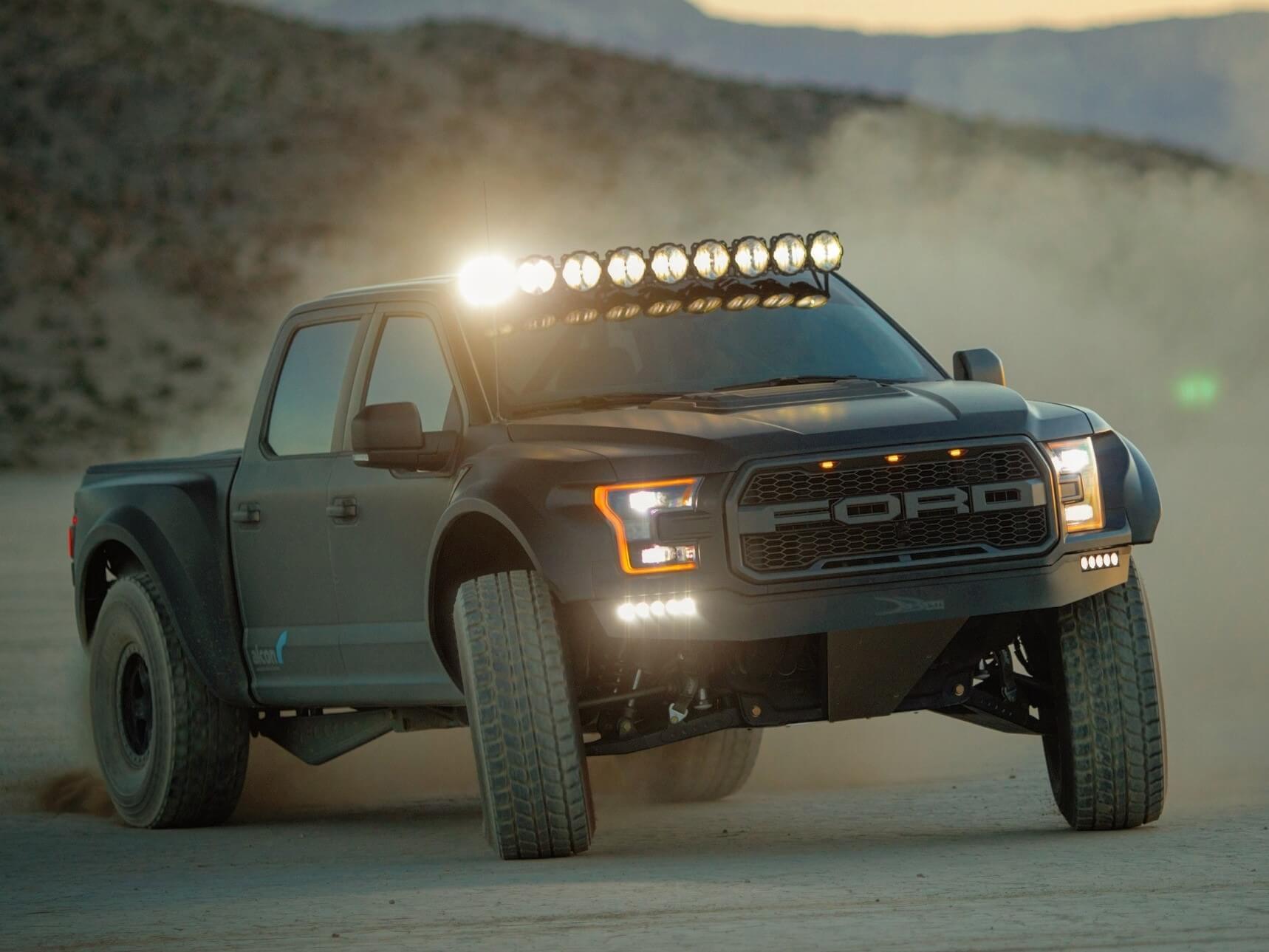
Photography by John Cappa and Courtesy of the Manufacturers
HID and LED lights are the two most effective aftermarket off-road light designs currently available today. The aftermarket LED and HID lights produce a significantly brighter light than the factory headlights found on all 4x4s. Most enthusiasts don’t realize how pathetic their factory headlights are off-road until they have a chance to drive with a set of quality aftermarket LED or HID lights. More light means better visibility and increased safety when the sun sets and inclement weather is laid down by Mother Nature.
The ability to see further out into the darkness gives you more time to react to surprise corners and unexpected road hazards. LED and HID lights can be had in numerous shapes and sizes to fit your lighting needs and aesthetic preferences. Of course, LED lights have become more prominent in recent years, but that doesn’t mean HID lights are no longer a viable off-road lighting option. On the contrary, both LED and HID lights have their place. Which is right for you depends on your application. Read on to find out which aftermarket light type should be on your 4×4.
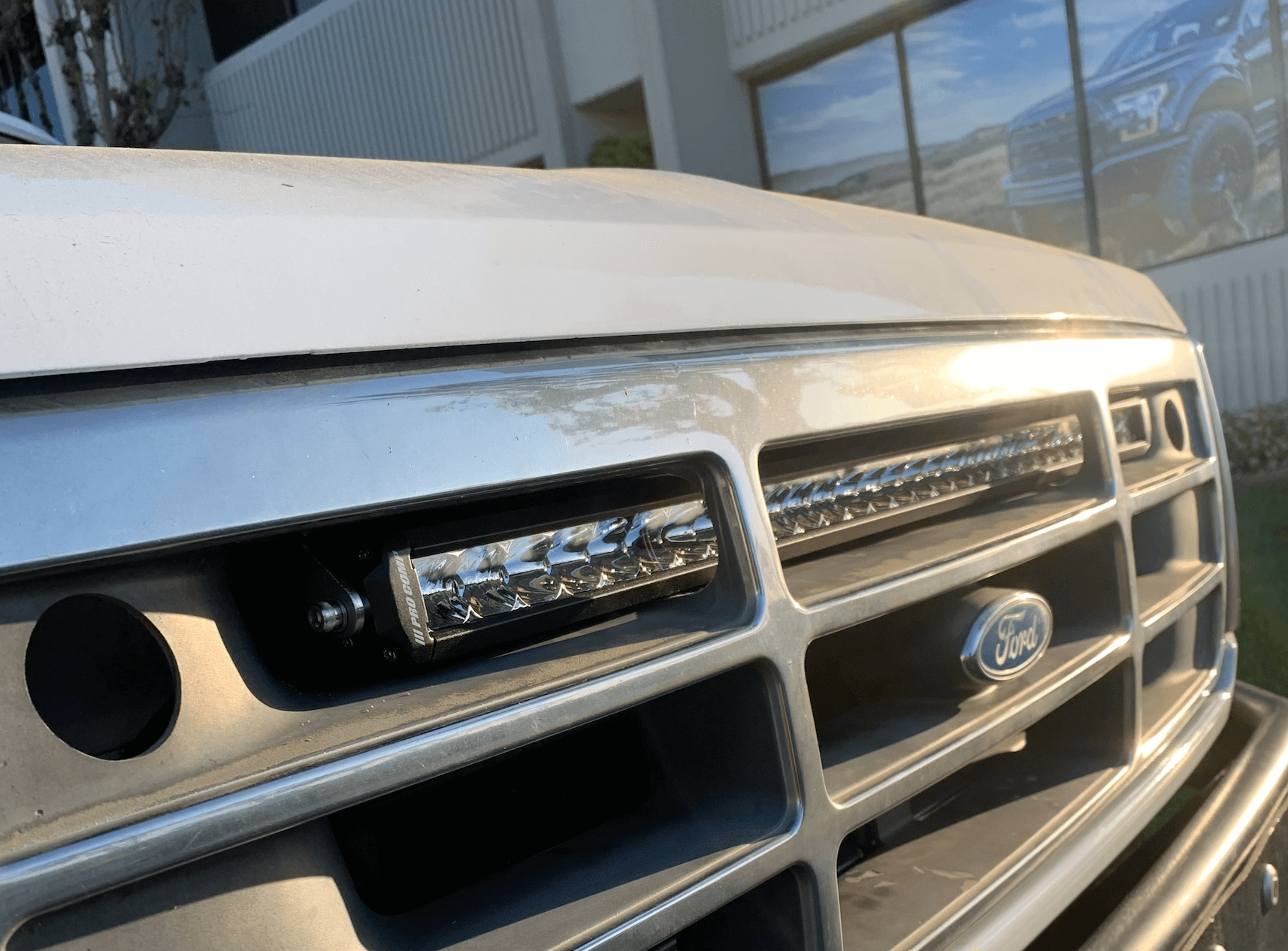
Because of their compact design, LED lights can be utilized in many different ways. Light bars like these can be mounted at the top of a windshield frame, on the side of a roof rack or on a front bumper. Several different common lengths are available to fit your application.
LED Off-Road Lights
The LED acronym stands for Light Emitting Diode. Unlike most other light sources, LED lights rely on electroluminescence rather than incandescence. What this means is that LEDs create light via a non-thermal conversion of electrical energy. This allows the LED light to be more energy efficient than a comparable HID light and it also creates less heat than an HID. However, temperature management is required with an LED light because the semiconductors inside the light housing still generate some heat. Another unique feature of LED lamps is that they produce a more directional light than an HID, which means LEDs can make use of a smaller reflector. A smaller reflector allows LED lights to be offered in more compact sizes, which is great for applications where there isn’t a lot of real estate to work with, such as on a front bumper or cowl. Keep in mind that smaller lights will also offer less wind resistance and wind noise at speed than larger more bulbous off-road light designs. The semiconductor in LED lights is generally encapsulated in epoxy for extreme durability and shock absorption. There is no glass bulb that can be damaged. LED lights work great in hot or cold climates and turn on just as quick as you flip the switch. The ideal color temperature for the human eye is 4,800-5,000 degrees Kelvin, which is similar to the light produced by the midday sun. Most LED off-road lights produce a 5,000 degree Kelvin color temperature, putting them in your night vision sweet spot. Another advantage of LED lights is that they are available in a variety of light patterns including spot beams, driving beams, and flood lights, but where most LED lights really shine is in close up to midrange lighting applications. They can be mounted all around a vehicle for camp lighting or better visibility on a slow tight twisty trail. However, there is new, and still relatively expensive LED technology emerging that allows LED lights to reach out much further into the darkness than ever before.
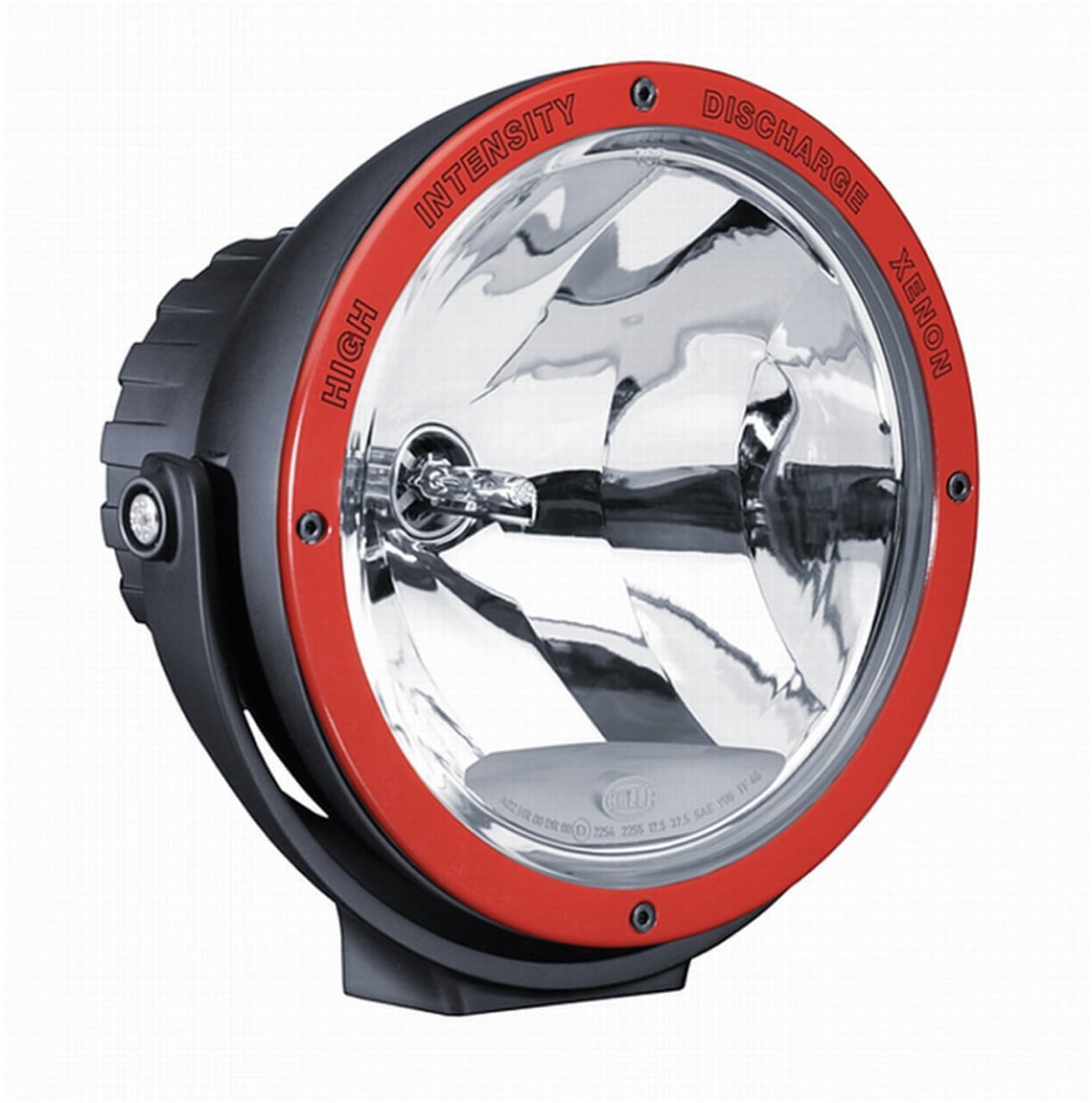
By comparison, HID lights are usually much bigger than their LED counterparts. A large reflector is needed to harness the bright HID light and send it off into the darkness out in front of your vehicle. HID lights are the most cost effective way to reach out into the night.
HID Off-Road Lights
The HID acronym stands for High Intensity Discharge. Unlike a typical halogen or other traditional light bulbs, HID lamps do not have a metal filament inside, which makes them more durable. HID lights are arc lamps, similar to a neon sign or mercury vapor lamp. The light from an HID is emitted when the two tungsten electrodes in a quartz tube ignite the pressurized Xenon gas and various metal salts inside. HID lights are sometimes also called Xenon lights because of the noble gas found in the tubes. The HID lamps make more light with less energy, but they do require a ballast to step up the voltage being sent to the bulb. This adds some complexity, size and cost to HID lights. Also, because HID lights require a larger reflector than LED lights, the HID light housings tend to be bigger, which can make them more difficult to mount.
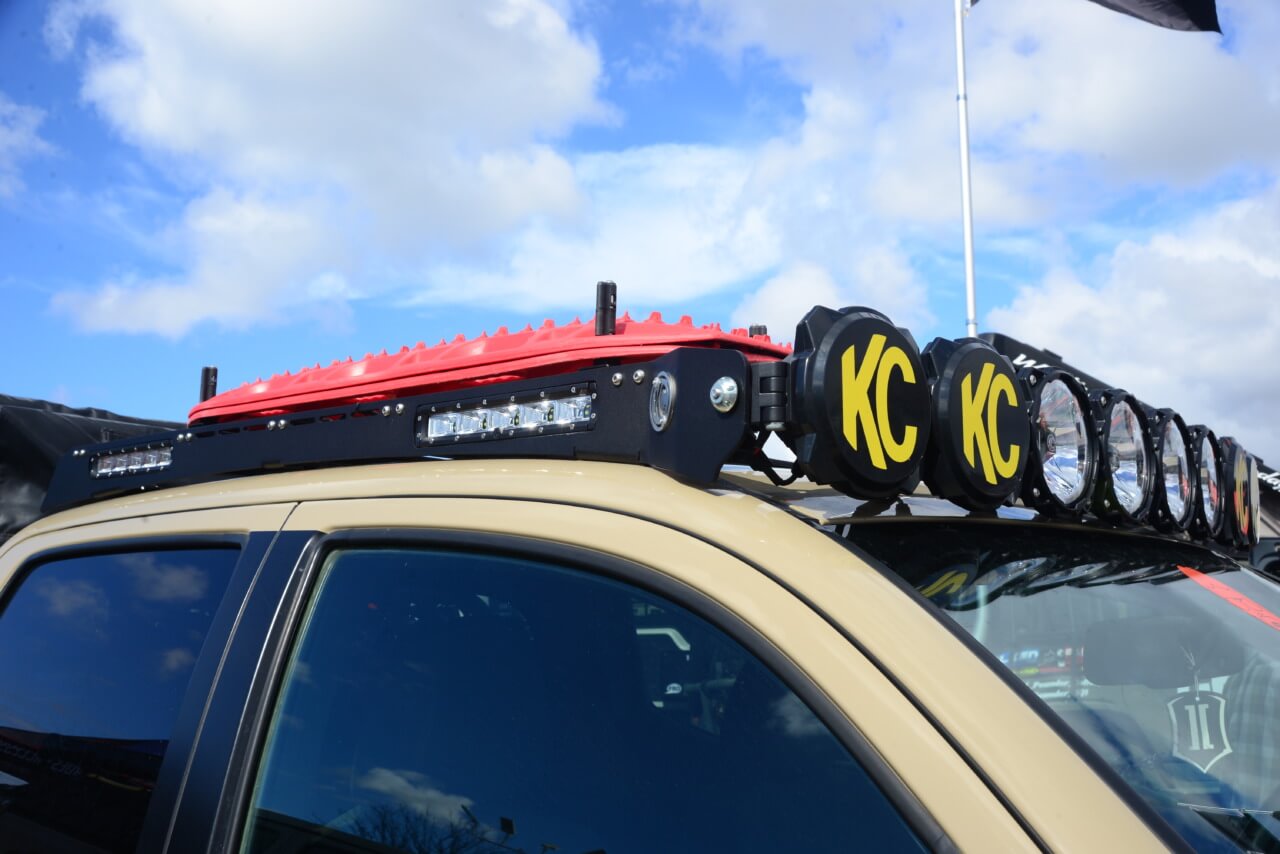
Smaller LED flood beams can be installed around the perimeter of a 4×4 or overland vehicle to provide camp lighting or to simply illuminate hard to maneuver obstacles at night. The low amp draw makes LED lights ideal for applications where you might need them when the vehicle is not running.
Another disadvantage of HIDs that is frequently brought up is that they don’t turn on immediately. It takes a second or two for them to warm up, especially in cold weather. For most enthusiasts this is a non-issue. HID lights can vary in color temperature from white (4,000 degrees Kelvin) to a blue (8,000 degrees Kelvin) and even a purple hue (10,000 degrees Kelvin), but you’ll want to look for an HID light color temperature of around 5,000 degrees Kelvin to increase visibility and reduce driver fatigue. The biggest advantage of HID lights is that they shoot out two to three times the distance of a similar wattage LED light. This makes HID lights the best bang for the buck option for those that like to speed across the plains or open desert at night.
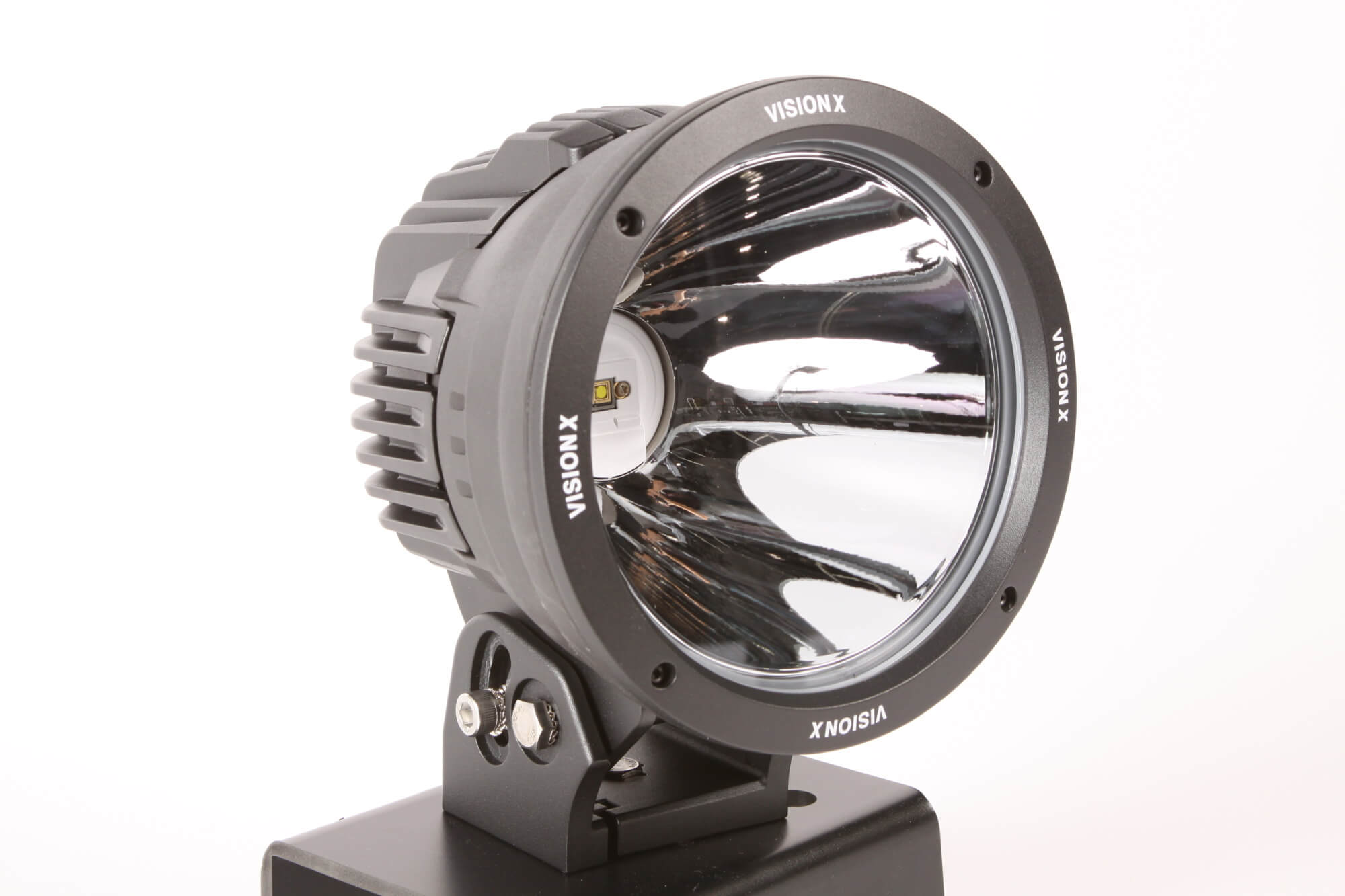
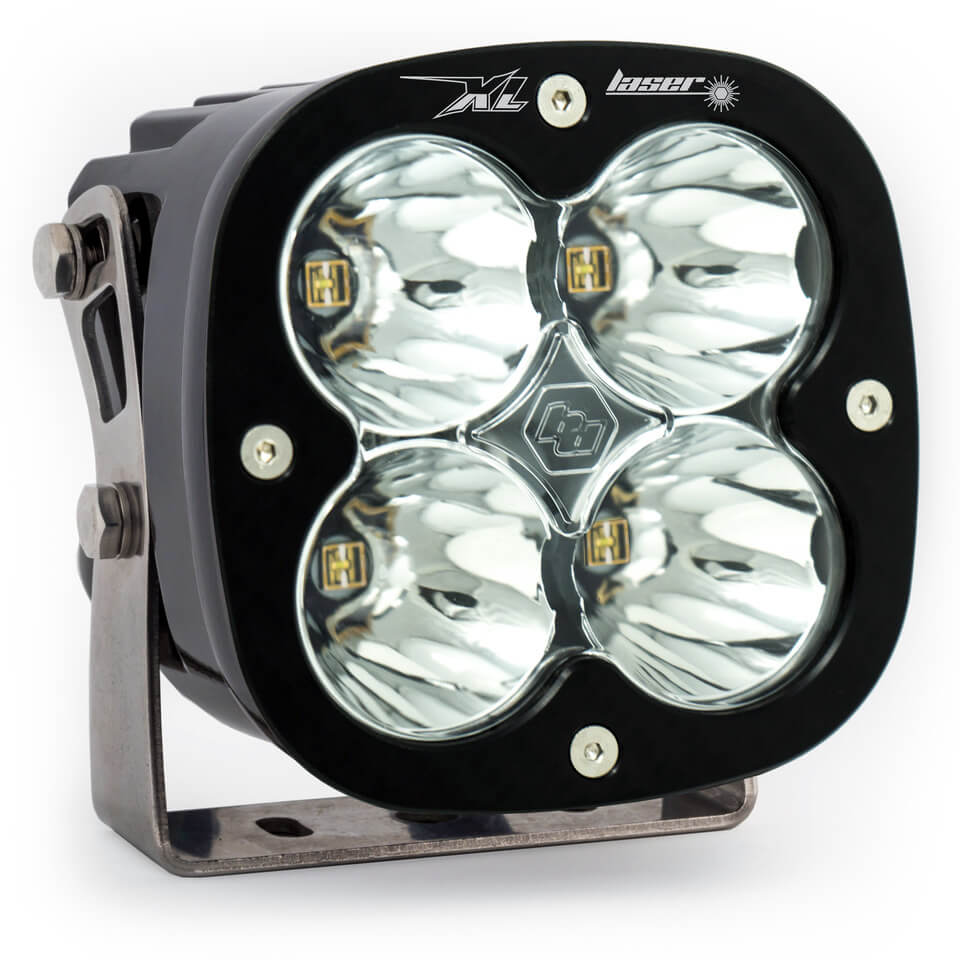
If you want to be on the cutting edge, 4WP offers new extra-long distance LED lighting technology from Vision X and Baja Designs. The Vision X 8.7-inch Light Cannon and Baja Designs XL Laser LED lights are said to provide useable light several times further out than any other currently available LED lights.
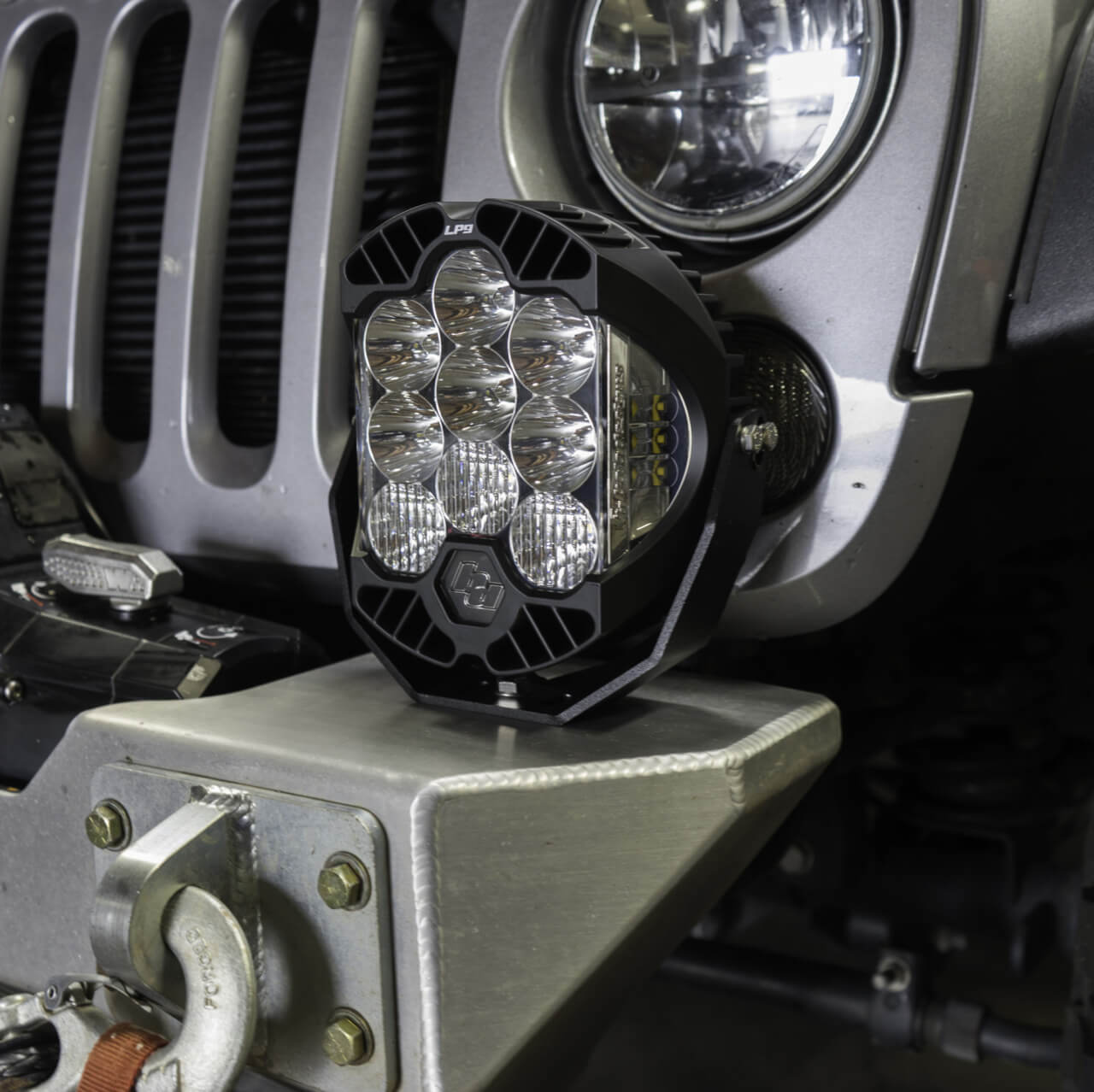
The compact size of LED lights allows them to be used in new ways. This LED light features forward-facing spot and flood beams as well as side facing cornering beams so everything in front of and to the side of the driver is lit up. This one LED light does the job of several conventional off-road lights.
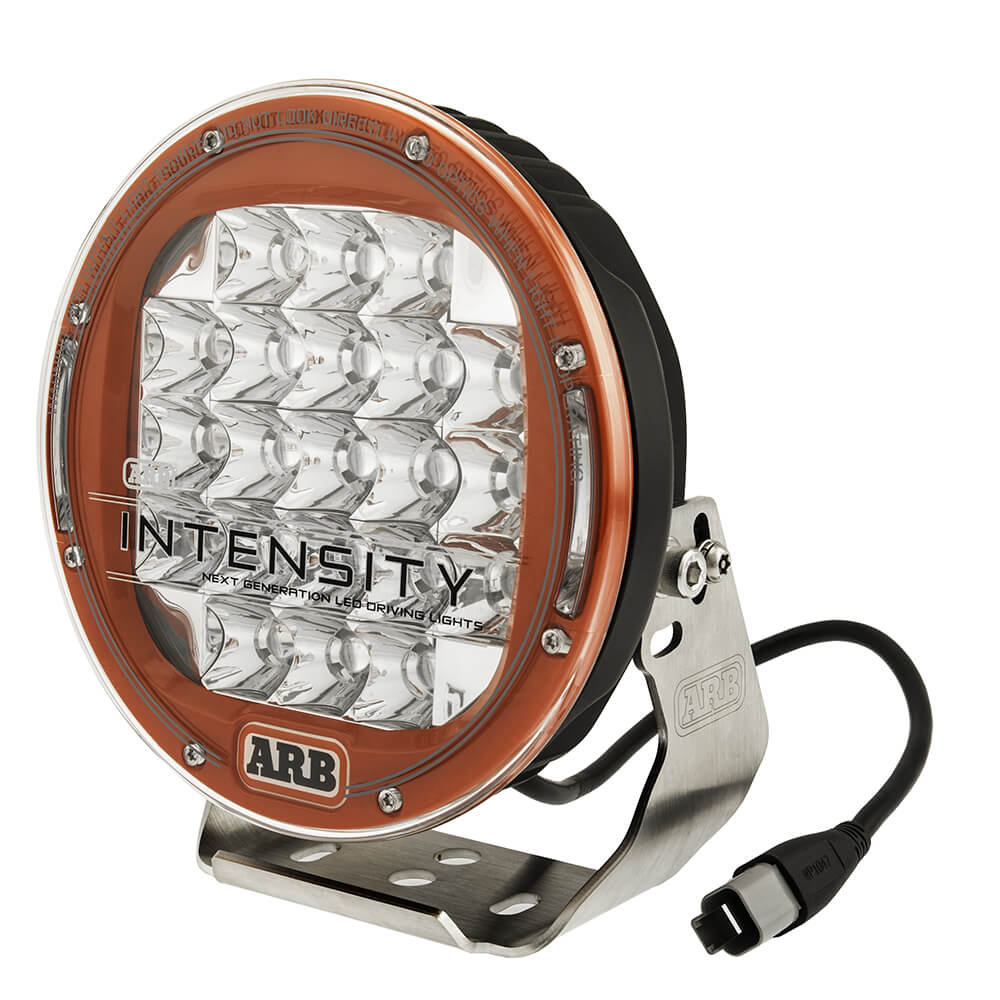
You can even get multiple small LED lights fashioned into one large round light. The compactness of the LED light lends itself to allowing for many different shaped and sized lights, conversely HID lights are rather limited in size and shape.
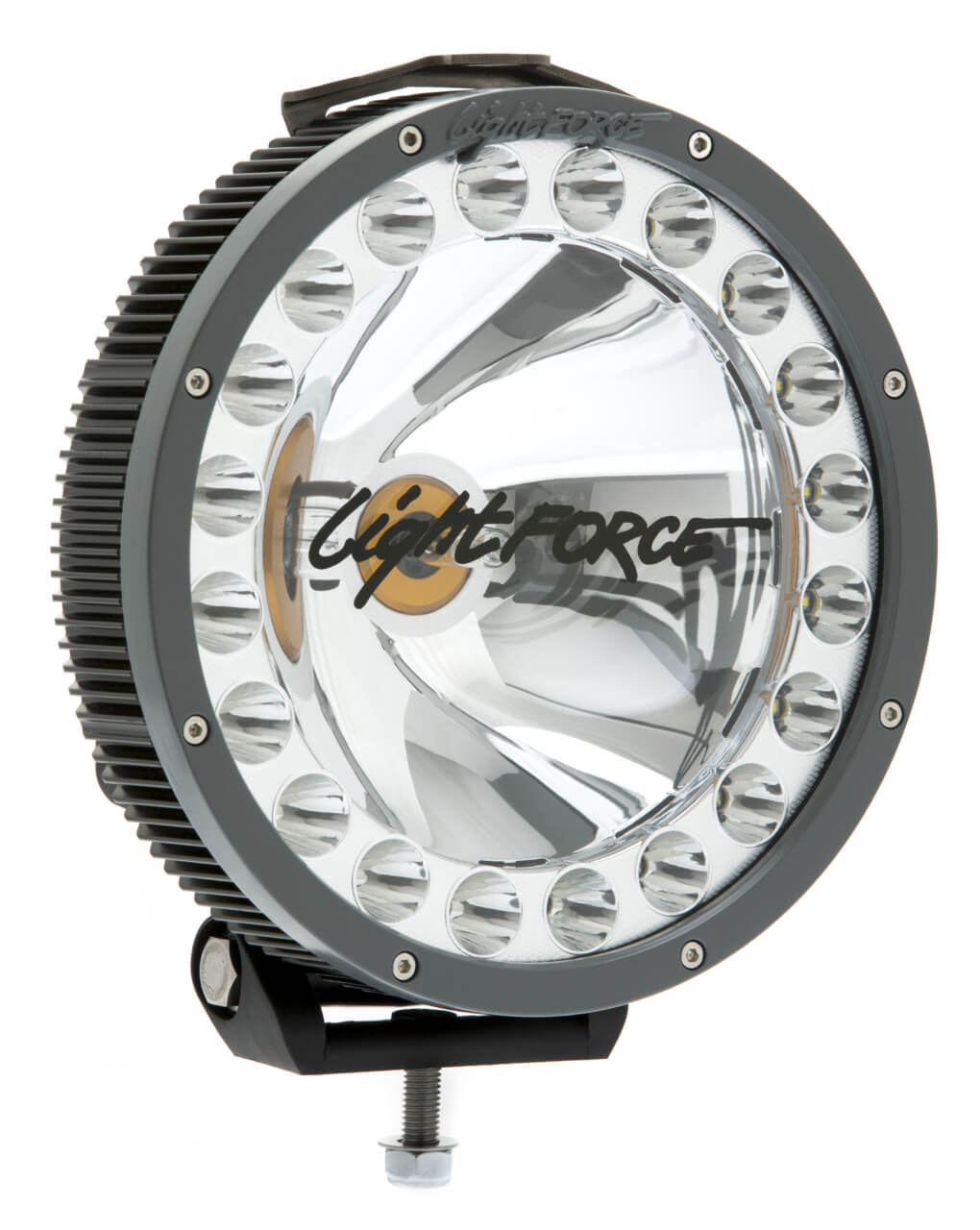
If you use your 4×4 in a variety of conditions at low and high speeds, you can mix and match HID and LED lights, switching on only what you need when you need it. If light mounting real estate is at a premium, there are hybrid lights available that feature both an HID light for reaching out into the darkness and LED lights to illuminate the immediate area in front of the vehicle.











2